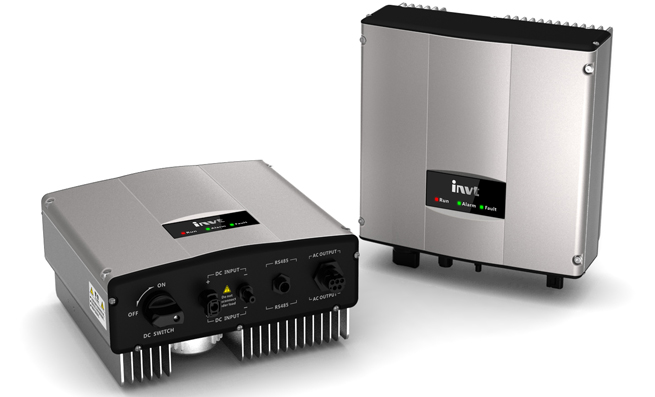Our Range of Variable Speed Drives available in Australia
At Electrical Systems Engineering, we implement software and hardware solutions that help companies use less energy, work smarter and safer.
Variable Speed Drive Installation is a small but meaningful component of the smart systems we implement and maintain. Where there’s a motor, there is a high chance of unlocking efficiency with our variable speed drives.
Call us today if you need to discuss how you can save energy and have better control over your production processes.
What is a variable speed drive?
Also known as variable frequency drives or frequency inverters, variable speed drives (VSDs) are large industrial electric motors that regulate the speed and rotational force, and the output torque of mechanical equipment – all using an external controller.
How a variable frequency drive works
A VSD controls the motor by altering the fixed frequency, fixed voltage sine wave power (line power) to a variable frequency and output voltage. As many motor poles are fixed, the speed is directly proportional to the frequency. By changing the system’s frequency, you can improve the speed of the motor.
There are three vital steps that a VSD uses to control the motor:
- Three-phase 50Hz power is converted from a standard 220, 440 or higher utility supply with a full-wave power diode. This can either be fixed or an adjustable DC voltage.
- The DC power is then switched on and off from a rectifier to produce a current voltage at the desired frequency.
- The control system then dictates the output voltage by feeding the voltage vector of the inverter to a motor and maintaining a constant ratio between voltage and frequency.
Uses of variable speed drives
VSDs are versatile and can be used to control the rotational speed of more than one system, offering the same advantages in every application. Below is a list of different ways they can be used to increase productivity, precision and efficiency:
- Conveyors can benefit from VSDs with the guarantee of repeatable, linear time ramps during start-up. VSDs protects the most vital parts of the system, increasing both its lifespan and dependability.
- Slurry and tailings pumps can be controlled by synchronising the speed of the flow meter, resulting in a better flow rate and lessened effect of varying particle size.
- Rod and ball mills use VSDs to regulate energy input when grinding, thus eliminating the influence of varying ore types and operating conditions.
- Rock crushers can perform to a predetermined standard for extended periods with the most relevant VSD speed setting, resulting in optimal grade aggregate every single time.
- SO2 and air compressors also benefit significantly from variable speed drives as the exact amount of air can be obtained when it is needed.
- Mining HVAC operations can save up to 15% on electricity with evaporators and condenser water pumps allowing for variable flow through chillers.
Advantages of speed drives
Variable speed drives can be used in any application where a motor powers mechanical equipment. With the ability to ramp motor speeds up and down, as well as maintain it at the required speed, only the energy needed is utilised. This is energy savings of up to 60%, not to mention an array of additional advantages:
- A controlled starting current allows the motor to begin operations at zero frequency and voltage, as opposed to starting it ‘across the line’. This extends the lifespan of the motor by magnetising its windings – something that typically takes 50-70% of the motor’s full-load current. It also minimises wear and tear.
- Reduced power line disturbances are one of the many benefits associated with VSDs. This is because starting a motor without a VSD, and the subsequent demand for seven to eight times the motor’s full-load current from the start puts enormous pressure on the power distribution system running the motor.
- Controlled acceleration eliminates the shock caused by starting a motor ‘across the line’, resulting in a system with greater longevity and reliability.
- Adjustable operating speeds make it easy to implement necessary changes during operations. This can be done remotely via a programmable controller or process controller.
- Controlled stopping is another valuable application made possible by a VSD, allowing operators to reduce wear and tear that comes from system shocks or product breakage.
- Reverse operation is made extremely easy with a VSD, with the output phases changeable electronically instead of mechanically. This also eliminates the maintenance cost and panel space taken up by an additional reversing starter.
Need more information?
Electrical Systems Engineering is Western Australia’s expert when it comes to motor speed controllers. Whether you’re looking for some more friendly advice or a fully-automated system for your applications – marine, building, mining, or agricultural – we have the knowledge and capacity to help sustain your business.
Call us today to learn more on (08) 9302 2932. For more of our products, see our range of automated and solar pumps.
